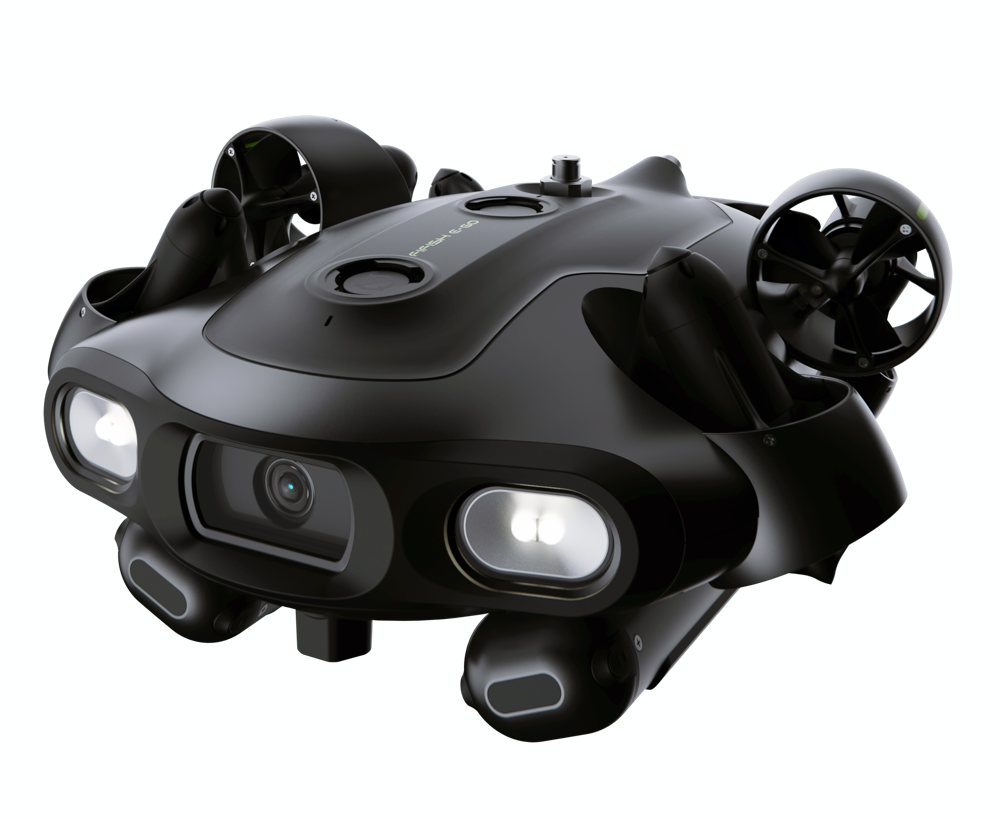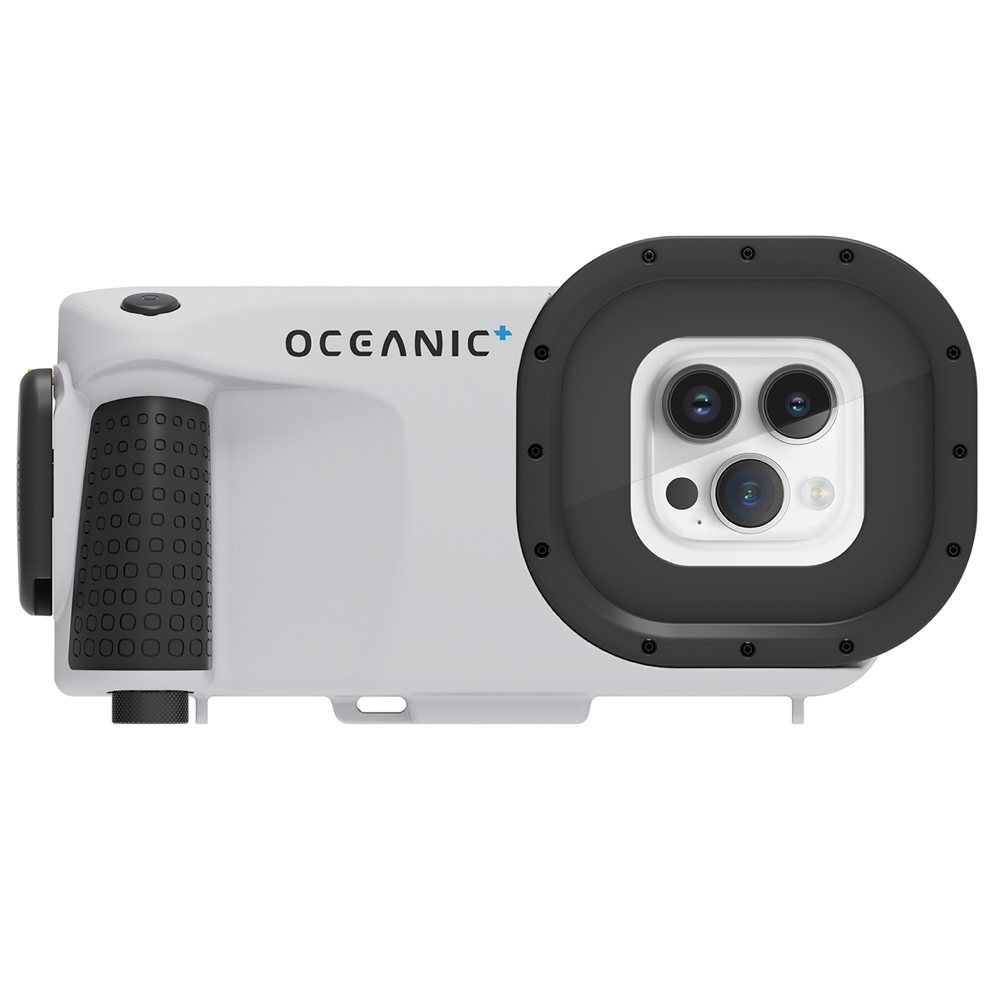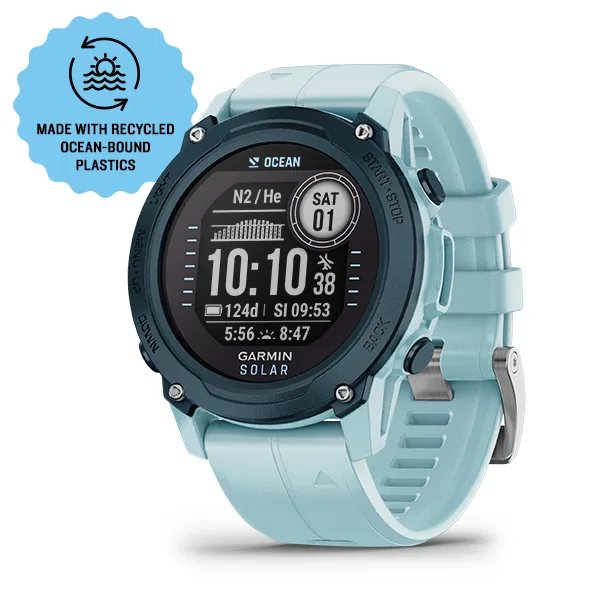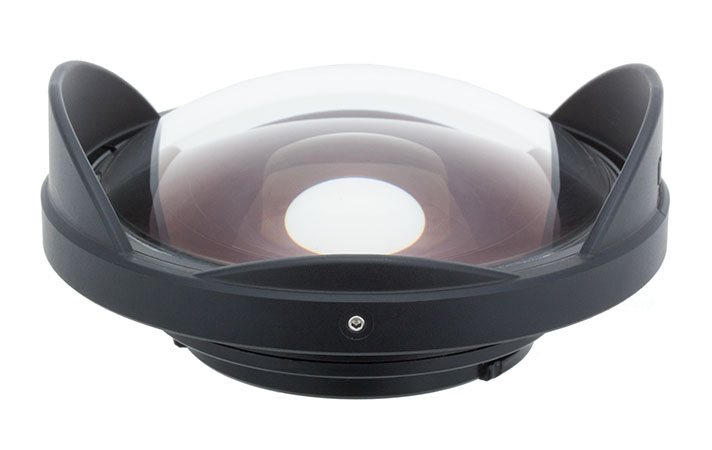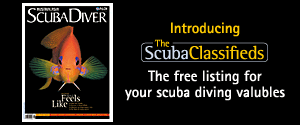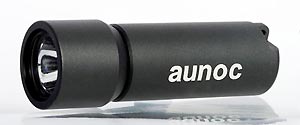- Home
- Directory
- Shop
- Underwater Cameras - Photographic Accessories
- Smartphone Housings
- Sea Scooters
- Hookah Dive Systems
- Underwater Metal Detectors
- Dive Gear
- Dive Accessories
- Diving DVD & Blu-Ray Discs
- Diving Books
- Underwater Drones
- Drones
- Subscriptions - Magazines
- Protective Cases
- Corrective Lenses
- Dive Wear
- Underwater Membership
- Assistive Technology - NDIS
- On Sale
- Underwater Gift Cards
- Underwater Art
- Power Stations
- Underwater Bargain Bin
- Brands
- 10bar
- AOI
- AquaTech
- AxisGo
- Backscatter Underwater Video and Photo
- BLU3
- Cayago
- Chasing
- Cinebags
- Digipower
- DJI
- Dyron
- Edge Smart Drive
- Eneloop
- Energizer
- Exotech Innovations
- Fantasea
- Fotocore
- Garmin
- Geneinno
- GoPro
- Hagul
- Hydro Sapiens
- Hydrotac
- Ikelite
- Indigo Industries
- Inon
- Insta360
- Intova
- Isotta Housings
- Jobe
- JOBY
- Kraken Sports
- LEFEET
- Mirage Dive
- Nautica Seascooters
- Nautilus Lifeline
- NautiSmart
- Nitecore
- Nokta Makro
- Oceanic
- Olympus
- OM System
- Orca Torch
- Paralenz
- PowerDive
- QYSEA
- Scubajet
- Scubalamp
- Sea & Sea
- SeaDoo Seascooter
- SeaLife
- Seavu
- Shark Shield
- Sherwood Scuba
- Spare Air
- StickTite
- Sublue
- Suunto
- SwellPro
- T-HOUSING
- Tusa
- U.N Photographics
- Venture Heat
- XTAR
- Yamaha Seascooter
- Youcan Robot
Australia's Grey Nurse Sharks - a plight for survival
Contributed by Tim Hochgrebe
Most divers in Australia will know that the Grey Nurse Shark
population is under threat of extinction within our life time.
Biology
The Grey Nurse Shark (Carcharias taurus) have
longish fork-like teeth that can easily been seen even when their mouth
is closed, making them look much more scary than they really are. These
teeth are being used to catch their prey such as fish and small sharks
and rays.
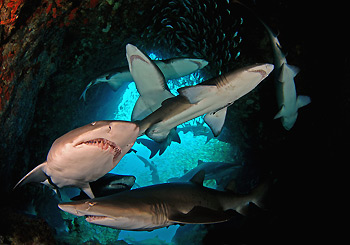 Known also as the Sandtiger Shark
this species was long thought to be a ferocious man-eater. Many of
these sharks were killed during the 1950 – 60s until it was realised
that Grey Nurse Sharks very rarely attack humans and only when they are
cornered or when people carry dead fish around their waist.
Known also as the Sandtiger Shark
this species was long thought to be a ferocious man-eater. Many of
these sharks were killed during the 1950 – 60s until it was realised
that Grey Nurse Sharks very rarely attack humans and only when they are
cornered or when people carry dead fish around their waist.
Grey Nurse Sharks have a bronze coloured back, a pale belly and a
pointy snout with their teeth protruding. Some have darker spots on
their sides, which can be used to identify individuals. They are a long
lived, late maturing species with a very low reproductive rate who give
birth to a maximum of 2 pups every second year.
In Australia they can be found from Southern Queensland down to
south New South Wales on the east coast and in the South West of
Western Australia. They migrate to the relative warmer waters in winter.
Grey nurse sharks form aggregations, generally in sand filled
gutters, overhangs or caves in areas of rocky reef. Individuals spend
long periods of time in close proximity to aggregation sites and also
move between these sites.
Management
Grey nurse shark management is
inherently contentious. Hook and line fishing has been identified as
the major threat to the species survival and is the largest source of
grey nurse shark mortality; causing approximately 12 known mortalities
per annum. “Hook and line fishing in areas important for the survival
of threatened fish species” was listed as a Key Threatening Process
affecting grey nurse sharks in 2002 by the NSW Fisheries Scientific
Committee.
G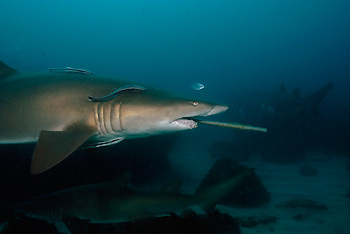 rey nurse sharks are susceptible
to accidental hooking at
aggregation sites and while moving between sites. Accidental hooking
can result in direct mortality from injuries and infection, and can
also cause non-fatal injuries that may impair feeding and reproductive
ability.
rey nurse sharks are susceptible
to accidental hooking at
aggregation sites and while moving between sites. Accidental hooking
can result in direct mortality from injuries and infection, and can
also cause non-fatal injuries that may impair feeding and reproductive
ability.
To read a story on the amazing and fortunate rescue of a Grey Nurse Shark impaled on a fisherman's gaff, click on this link.
Grey nurse sharks occur in shallow inshore coastal waters that are subject to significant recreational and commercial fishing activity, and proposals to mitigate fishing impacts on grey nurse shark are perceived as a threat to access by commercial and recreational fishers. The large placid nature of grey nurse sharks combined with their aggregating behaviour also underpin a major dive tourism industry, resulting in high levels of community awareness and concern about grey nurse shark interactions with hook and line fishing gear.
Both fishing and diving industries contribute significantly to the
economies of many coastal communities, raising concerns about economic
impacts associated with any changes tom management arrangements.
Saving the species
Anybody with a half-scientific mind will realise by looking at the
last decade of data on grey nurse sharks that we cannot just sit around
and do nothing. This species needs our help and not just for its own
sake. Diving with sharks is a huge industry and especially grey nurse
sharks are a fantastic species to encounter underwater. Their graceful
moves and fierce looks make them a highlight on any dive.
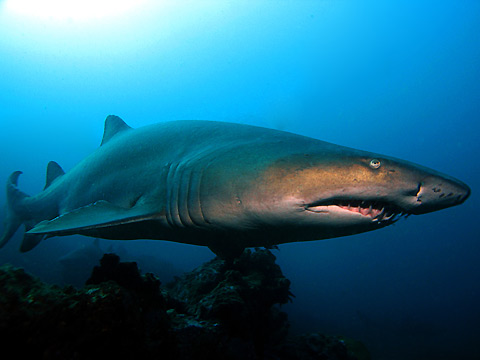 Millions of dollars are spent
annually on diving with grey nurse sharks and it is time recreational
fishers took a long hard look at the facts. It is not about 'locking
out fishermen' from their traditional hunting grounds, it is all about
common sense and the fact that we can longer just do what we like to
this planet. We have to reevaluate many of the things we have been
doing on this planet and look closely at the resources we have been
taken for granted for far too long. It is not just the extremist views
of some left-wing sandal-wearing greenies that demand better management
of our natural resources, it is plain common sense.
Millions of dollars are spent
annually on diving with grey nurse sharks and it is time recreational
fishers took a long hard look at the facts. It is not about 'locking
out fishermen' from their traditional hunting grounds, it is all about
common sense and the fact that we can longer just do what we like to
this planet. We have to reevaluate many of the things we have been
doing on this planet and look closely at the resources we have been
taken for granted for far too long. It is not just the extremist views
of some left-wing sandal-wearing greenies that demand better management
of our natural resources, it is plain common sense.
Considerable effort has gone into determining the size of the grey
nurse shark population over the last decade. Total population size has
been the subject of much debate, with a range of views held in the
community about its size and whether it is declining, static or
recovering.
The most recent estimate commissioned by the Commonwealth Government
suggests the total population size is less than 1500 individuals. This
also concurs with genetic analysis that suggests the population size is
between 1000 – 1500 individuals.
All of the population estimates to date are lower than the minimum
optimal population size of 5000 required for long term persistence, and
modelling suggests that the population is likely to be declining under
current levels of known fishing mortality.
Fishing Pressure
Most research records externally visible fishing hooks. Actual rates
of hooking are likely to be higher. Necropsies have shown that many
grey nurse sharks have been hooked internally despite having no
externally visible hooks. In many cases fishers may not know they have
accidentally hooked a grey nurse shark if it breaks the fishing line
before being seen. Grey nurse sharks often survive accidental hooking,
however even large adult sharks can die or suffer debilitating injuries
from small hooks depending on hooking location.
During 2009 – 2010, NSW Department of Primary Industries (DPI)
scientists used underwater video cameras to observe the behavioural
response of grey nurse sharks to arrange of recreational fishing gear
including deep and shallow lure trolling and bait fishing.
The research indicates that bait fishing in proximity to grey nurse
sharks presents a high risk of accidental hooking at all times of the
day and night.
What to do?
Download the current Public Consultation Discussion Paper in full (some points from this paper have been included in the article above) and create your own opinion. This paper contains much valuable and well researched information and is properly backed by scientific studies of the last decade.
You are invited to make a submission on the issues raised in this discussion paper and options to respond to them. In particular, your views are invited on future management arrangements for the protection and recovery of grey nurse sharks. You are also encouraged to provide your views on the social and economic costs associated with different management options.
A submission form can be downloaded from: www.dpi.nsw.gov.au/fisheries
Written submissions should be marked “Grey Nurse Shark Submissions” and posted to:
NSW Department of Primary Industries
Locked Bag 1
Nelson Bay NSW 2315
Fax to : (02) 4916 3880
or e-mail
Submissions close on Friday 26 August
2011
Images by underwater australasia members Peter Hitchins - South West Rocks Dive Centre, John Natoli and Ryan Pedlow.
Grey Nurse Shark video clip from Byron Underwater
Shopfront
-
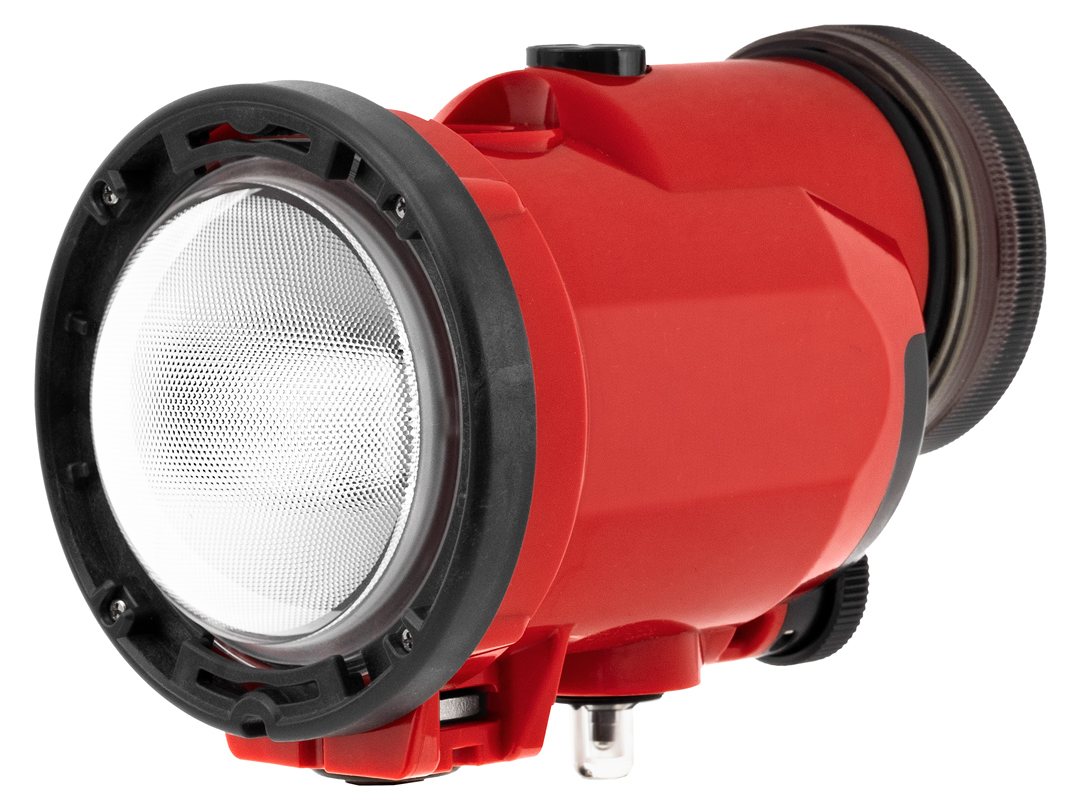 Inon S-220 Underwater Strobe
Inon S-220 Underwater Strobe
- Price A$ 749.00
-
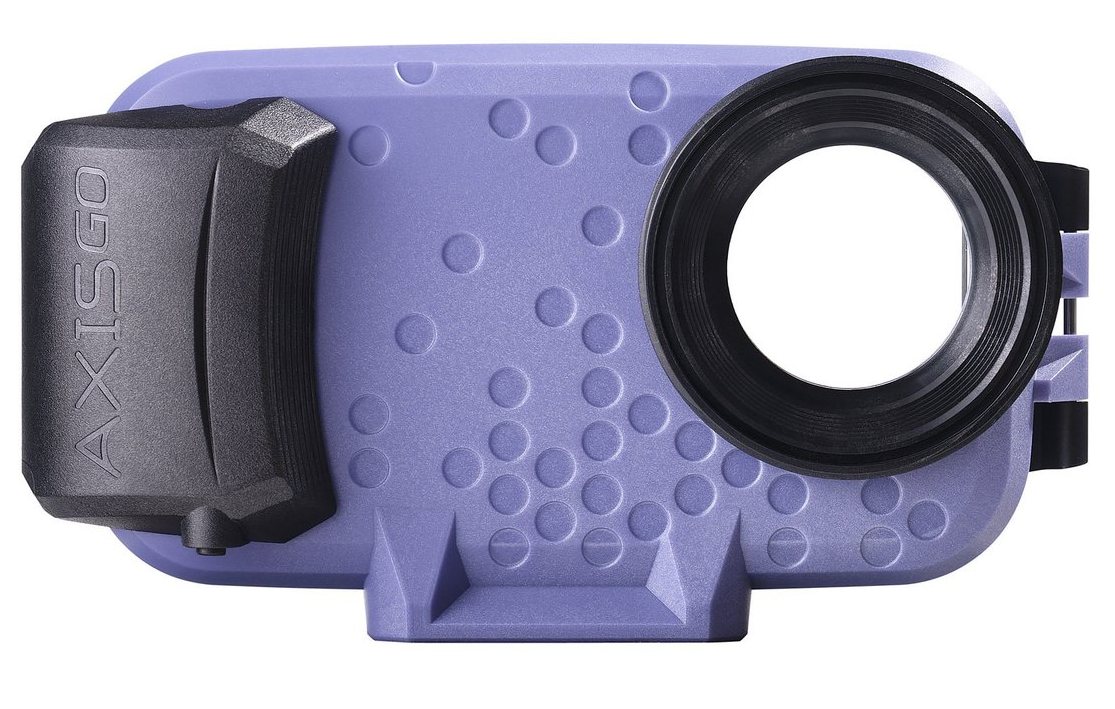 AxisGO Waterproof Case for iPhone 12
AxisGO Waterproof Case for iPhone 12
- Price A$ 169.00
-
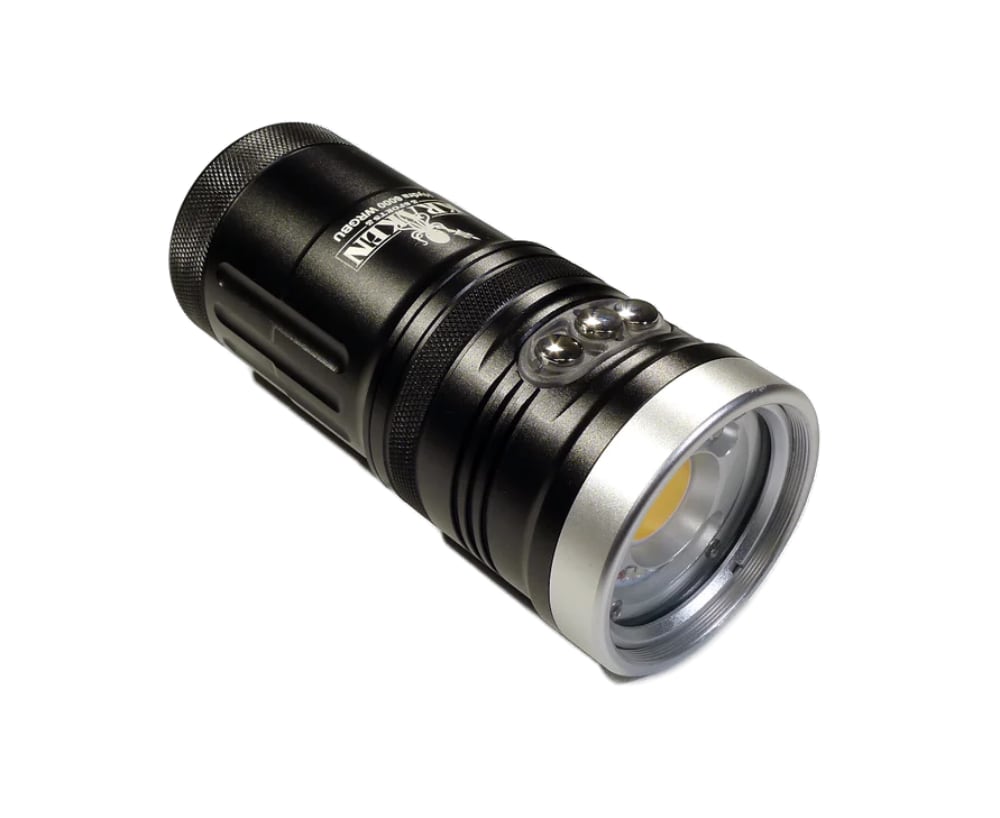 Kraken Hydra 6000 WRGBU
Kraken Hydra 6000 WRGBU
- Price A$ 899.00
-
 Scubalamp Remote Control Bracket - TG-L
Scubalamp Remote Control Bracket - TG-L
- Price A$ 59.95
-
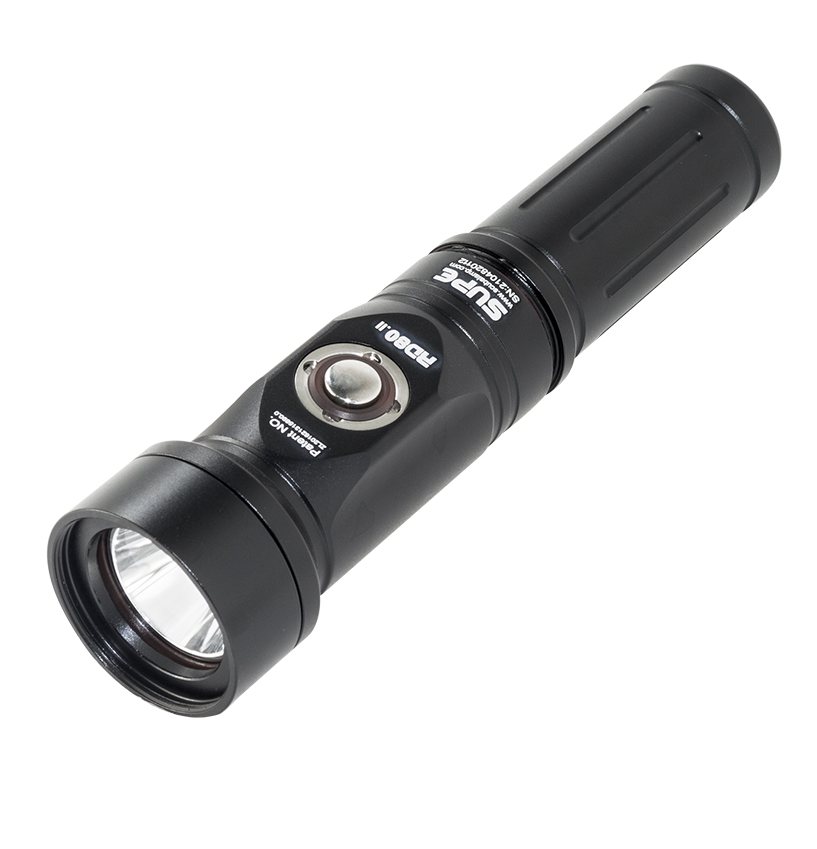 Scubalamp RD80 V2 LED Dive Light - 1500 lumens
Scubalamp RD80 V2 LED Dive Light - 1500 lumens
- Price A$ 119.00
-
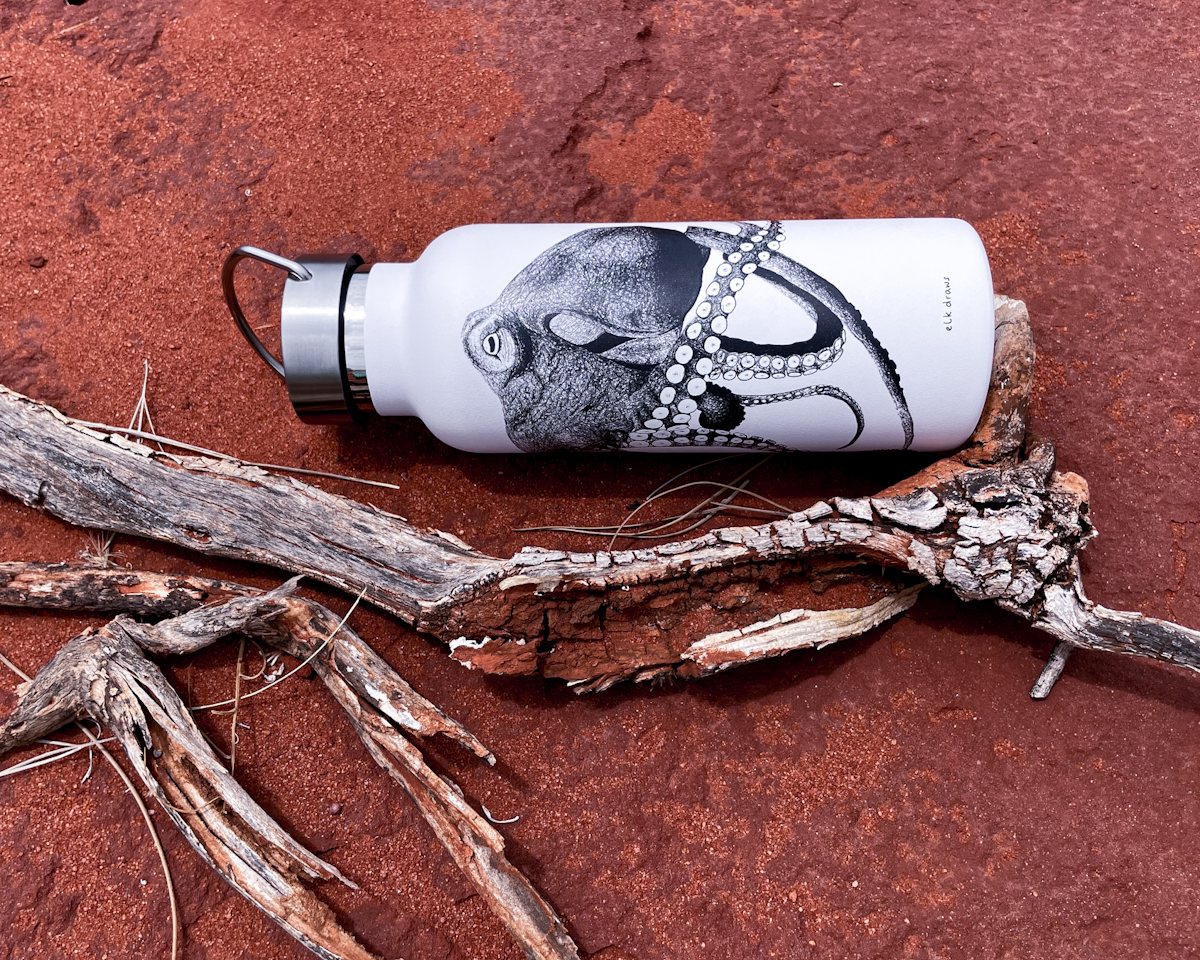 Underwater X Elk Draws Stainless Steel Insulated Water Bottle for Mental Health - Octopus
Underwater X Elk Draws Stainless Steel Insulated Water Bottle for Mental Health - Octopus
- Price A$ 39.95
-
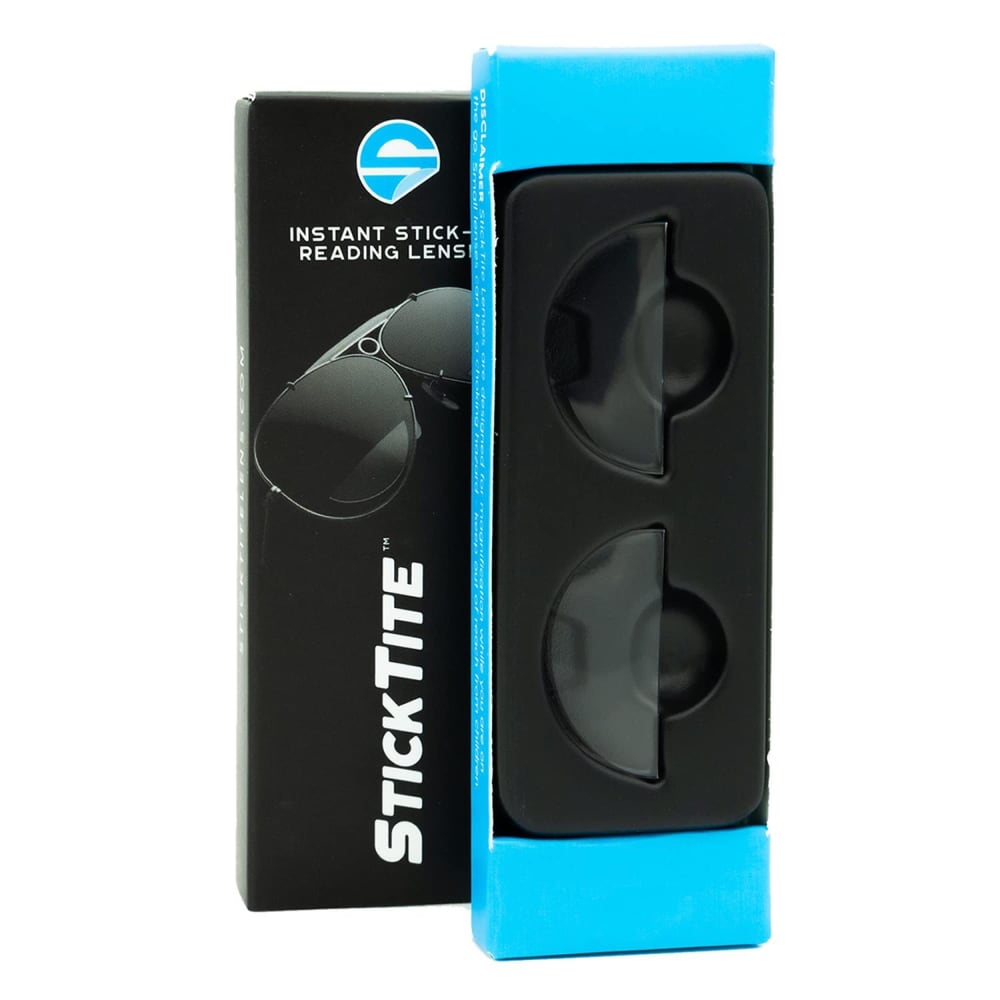 Stickon Bifocals - StickTite Lenses - 28mm
Stickon Bifocals - StickTite Lenses - 28mm
- Price A$ 39.95
-
 Kraken Sports - Universal Smart Phone Housing 2.0 Pro KRH07
Kraken Sports - Universal Smart Phone Housing 2.0 Pro KRH07
- Price A$ 799.00
In the Directory



